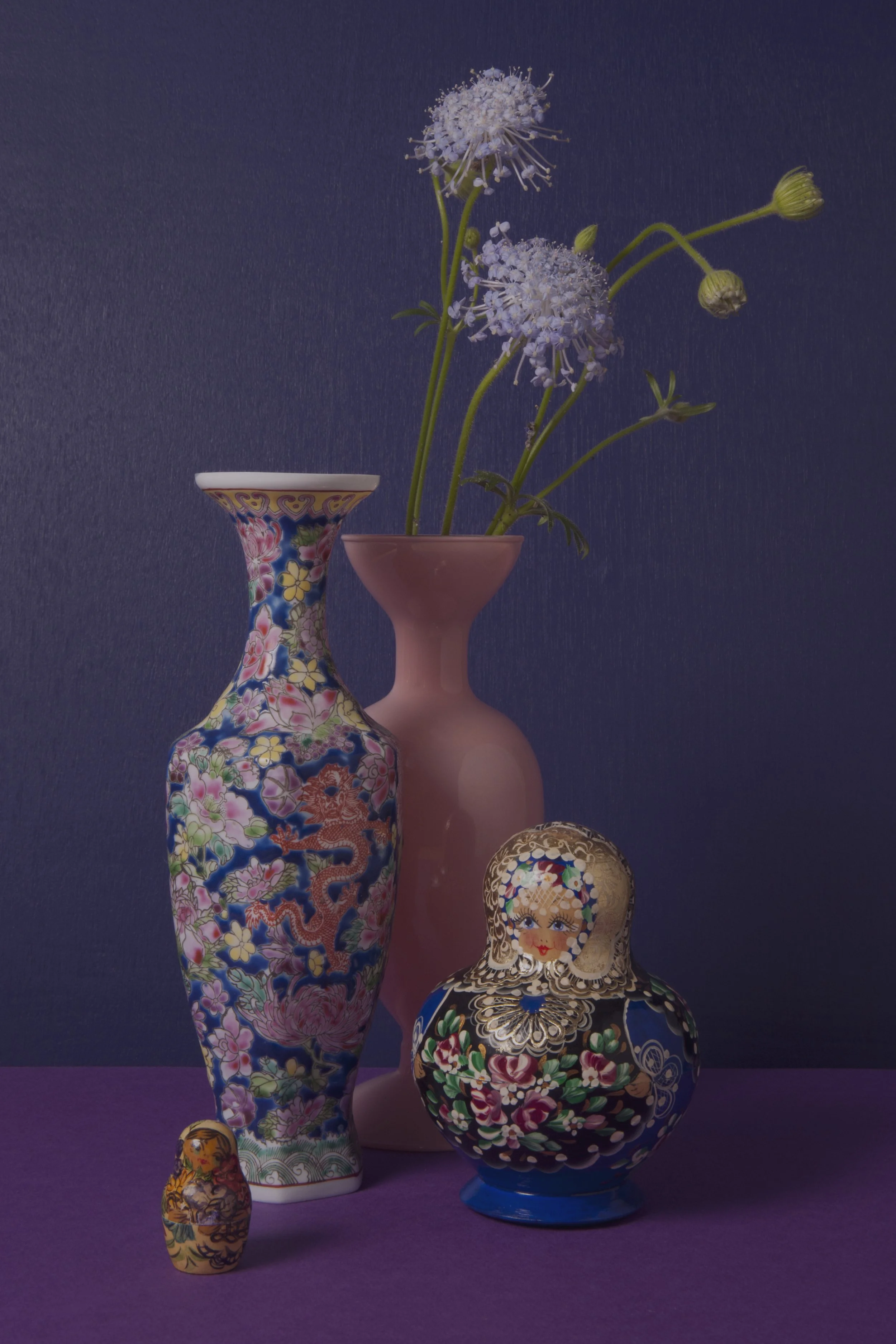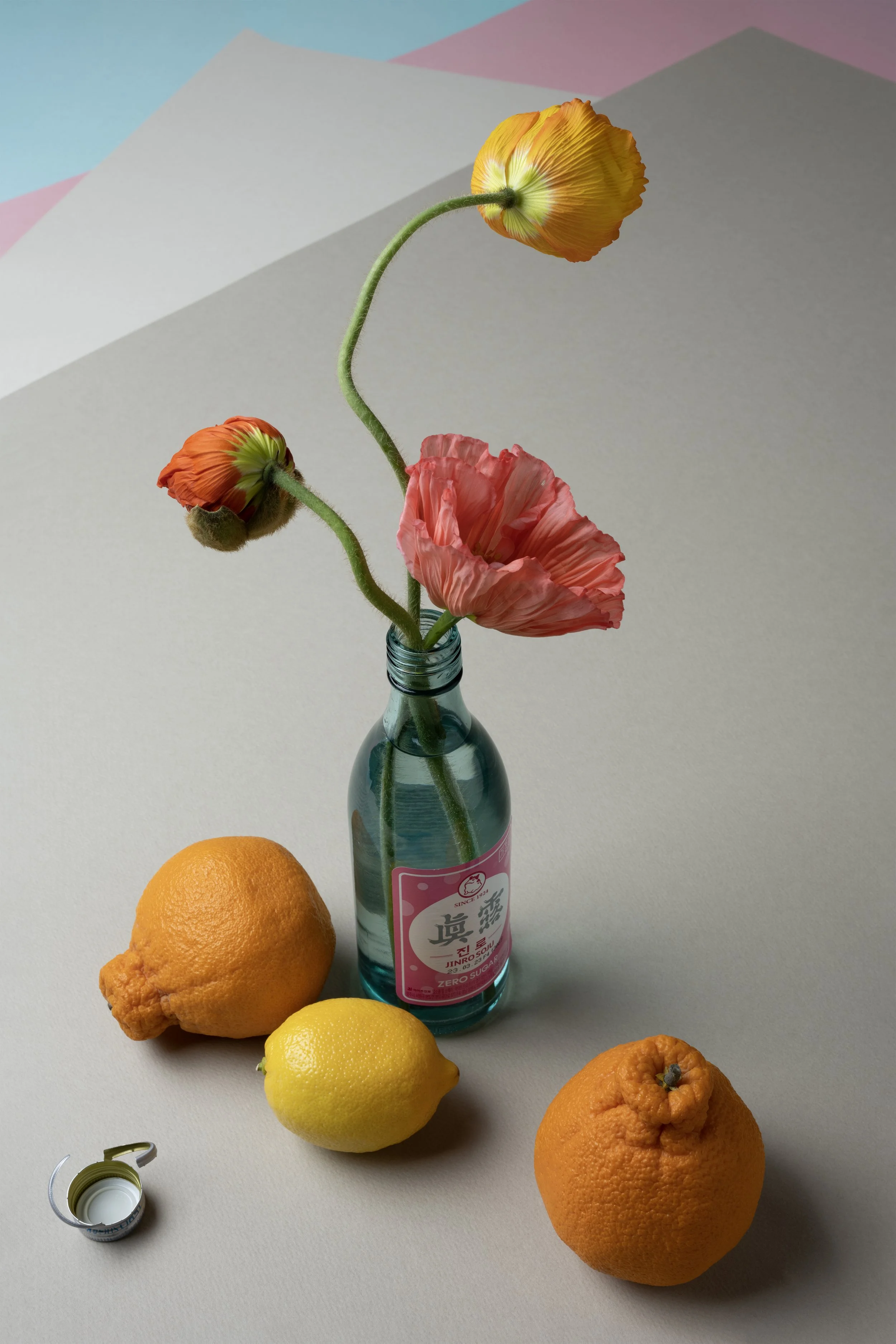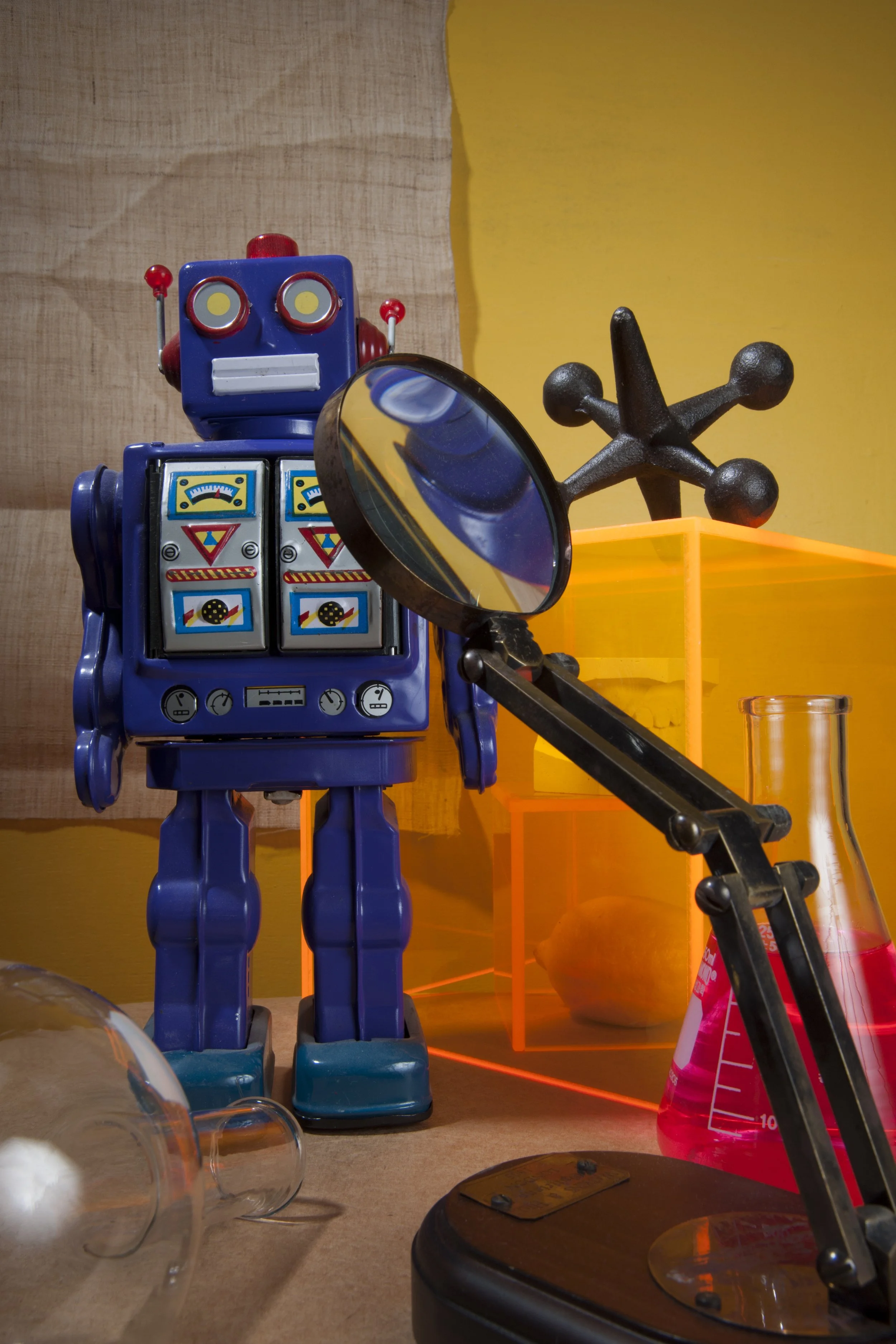KimColin
KimColin was born in a small town in Ontario, Canada, around the time John Lennon’s Imagine was released. HIs birth contributed to the record of the most babies born worldwide. Otherwise he was a plain child getting special treatment for being the only different one. HIs family moved to Korea, where he remembers the culture shock. He never imagined so many special people! He couldn’t speak the language of his fatherland, so he was again treated “special.”
KimColin is an artist, a mootable Korean, a devoted family man, a settled nomad, a lazy cinephile, a fashionista with insufficient funds, an outdated techno fan, a hopeful environmentalist, a wannabe antique collector, selectively kind, confident at moments, part-time happy, an open-minded label whore and indecisive. He notices how his present surroundings have been changing for the better, but not the rest of the world.
He imagines “all the people living in harmony” despite difference and living with art.
How people define theirselves has been the main topic of KimColin’s art making process. Through his work he explores the rapid evolution of culture and technology. Through that technology people portray multiple identities which transforms with time and trends. He records a history of issues and subject matters. This process becomes a fleeting moment in a plot, a feeling of a character and a memory of a viewer.
Uncertainty and ambivalence become an inspiration, especially when they branch into territories of disparate realities, fiction and fantasies... a wish. At other times, they are observations of the cultural train of thought, the obsession of pop culture, the out-of-minds-out-of-sights, and the dregs. His still life photography records the progression of personal cultural history.
KimColin has shown his photography and time-based art work in a number of exhibitions in Asia and the United States.
ARTIST STATEMENT
Presently I am obsessed with objects and haunted by patterns.
When I was young, I hated going to museums. My uncle had a huge collection of souvenirs, antiques, replica art objects and tchotchkes that I could touch. It was the best museum ever. His collection showed his taste, his passion, a part of who he was or who he wanted to be.
Growing up as a child of immigrants to North America, I got used to substitutes. Things from the Homeland that couldn’t be procured in the adapted land were substituted with things that were similar. These replacements were replicas, imitations, modifications, or a mistake that turned out happy, most of the time. Misplacement, passing, or appropriation is part of my narrative that takes another meaning, another spin. The intentions for substitution were smart, practical, creative, fantastic, even magical. This dis-orientation is what might make me unique, special, and obsessed with objects.
Patterns are a part of the bafflement that make me curious. Patterns seem to have their own story, that sets a temporal element, and a cultural signature. It has evolved with distinctions while traveling through lands and time. We recognize parts of it, as part of a memory or story. Visually they are a story retold but parts forgotten.
Objects play the puppet, the voodoo doll, the substitute, a role of who we are in a slice of our lives. We relate to the scene in one way or another, or recognize it, sympathize, shame it, and judge. The best part of it is that we all have different stories that come from the congregation of objects, hand-made or conveyor-belt- ridden, real flora and fake fauna. Pop cultures from the multiverse collide and powerful stories expand.
Across borders and platforms, these scenes are lost in translation and a fresh narrative or several are born. Objects and patterns take on a life.
2021 — 2023














